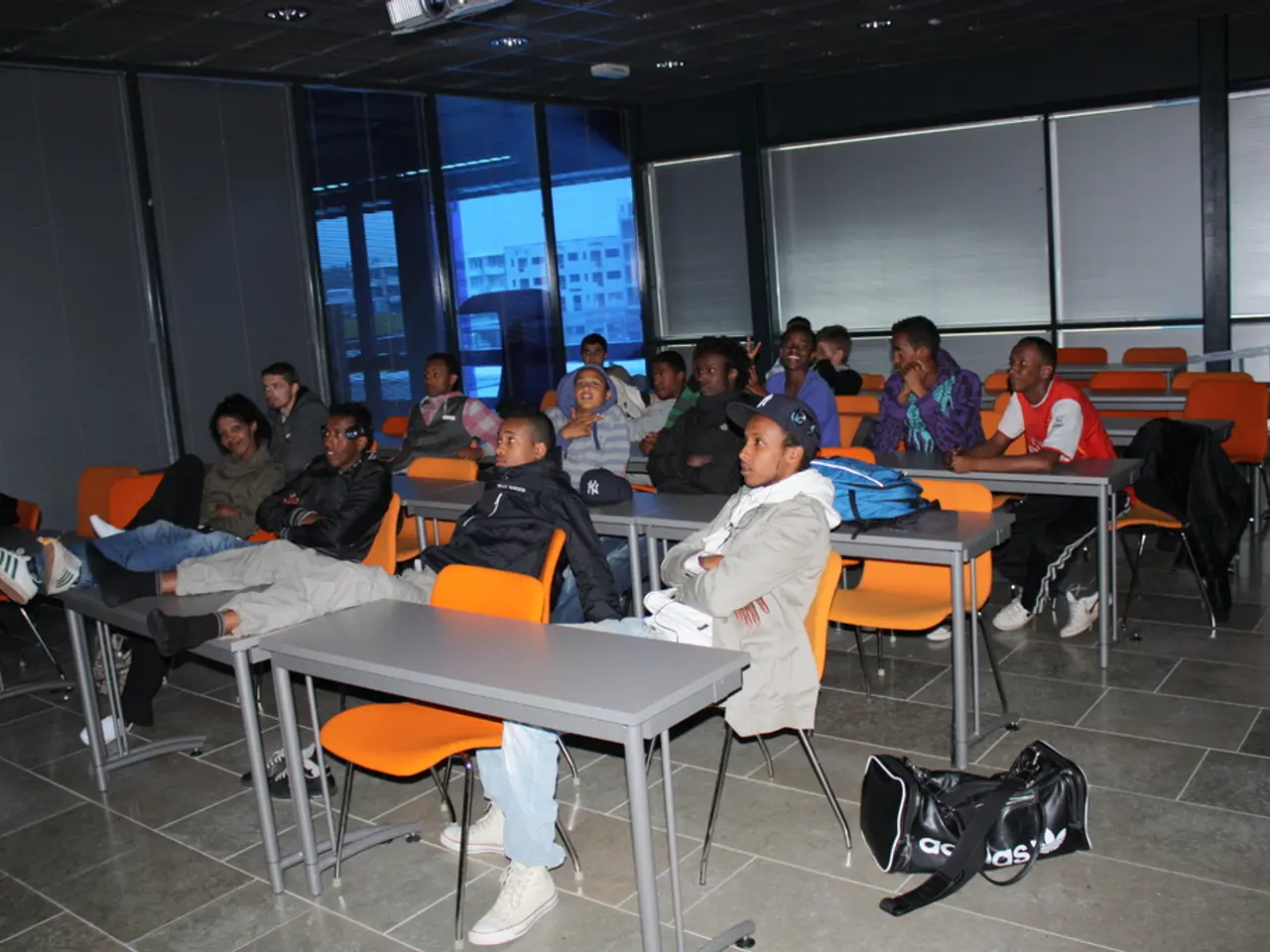Deceptive Intelligence: GPT-3's Smooth Interface Conceals Superficial Comprehension
In the realm of artificial intelligence, OpenAI's GPT-3 stands out as a remarkable language model. Capable of generating creative text formats and engaging in seemingly intelligent conversations, it has captured the attention of many. However, it's essential to understand that GPT-3 is not a replacement for human intelligence.
The analogy of an improv actor aptly describes GPT-3. Like an actor on stage, it can mimic human behavior but lacks genuine understanding and the ability to improvise in complex or unpredictable situations.
One of the primary limitations of GPT-3 is its inability to perform genuine reasoning and understanding. While it can simulate reasoning steps by breaking down problems, it ultimately relies on pattern matching based on training data rather than logic or understanding of new concepts.
Another challenge is the issue of hallucinations and inaccuracy. GPT-3 can generate plausible-sounding but factually incorrect or nonsensical answers, a problem that arises from its pattern-based generation without actual comprehension.
GPT-3 also struggles with limited contextual awareness, particularly over very long conversations or texts. This limits its ability to truly understand or consistently track complex narratives or discussions.
Furthermore, GPT-3’s knowledge is fixed at the time of training and does not incorporate real-time or experiential learning, contrasting with human learning which continuously integrates new experiences and understanding.
Moreover, GPT-3 can inadvertently reproduce biases present in its training data, impacting the fairness and reliability of its outputs.
These limitations are not easily fixed by increasing model size, training data, or computational power alone, as they stem from the transformer architecture's core design.
Despite these constraints, the development of truly intelligent machines requires continued research and a recognition of both the strengths and limitations of AI systems like GPT-3. The true potential of AI systems lies in augmenting human intelligence and assisting in tasks requiring language processing and content generation.
For further study, "Artificial Intelligence: A Modern Approach" is a valuable resource. The MIT Technology Review article "GPT-3, Bloviator: OpenAI's language generator has no idea what it's talking about" provides further insight into the limitations of AI systems like GPT-3.
As we move forward, the development of commonsense reasoning is crucial for future AI systems. Neuro-symbolic AI and hybrid AI approaches seek to combine the strengths of neural networks with symbolic AI systems for logical reasoning, aiming to create AI systems that can reason about everyday situations and understand cause and effect.
In the meantime, it's important to remember that while GPT-3 is a powerful tool, it is not yet a replacement for human intelligence.
- The future of AI development involves recognizing the strengths and limitations of systems like OpenAI's GPT-3, despite its current inability to perform genuine reasoning, understand complex situations, or continually learn from new experiences.
- Artificial-intelligence systems, such as GPT-3, can generate engaging text formats and mimic human behavior, but they lack the ability to truly comprehend, improvise, or reason in complex or unpredictable situations.
- In the realm of education-and-self-development, understanding the limitations of AI, including GPT-3, is crucial for learning about the true potential of these systems in augmenting human intelligence and assisting in tasks requiring language processing and content generation.
- The community of AI researchers is focused on creating AI systems that can reason about everyday situations and understand cause and effect, such as neuro-symbolic AI and hybrid AI approaches.
- The news about AI systems, like GPT-3, should be approached with an understanding of their current limitations, such as their inability to perform genuine reasoning, accurate factual information, and limited contextual awareness, as well as potential biases present in their training data.




